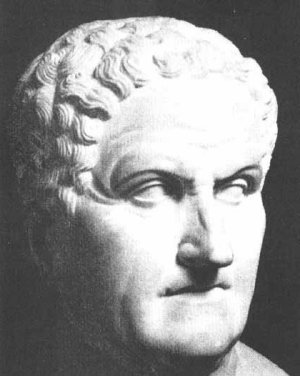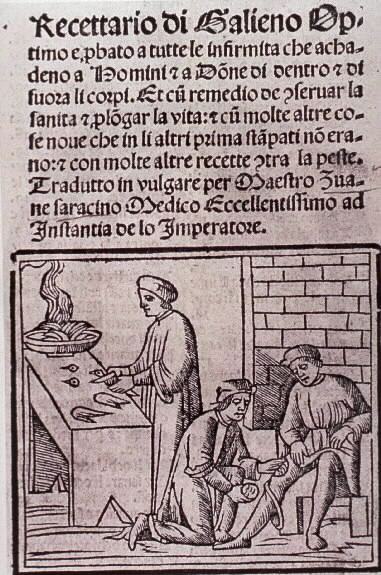 Biography of Galen
Biography of GalenGalen
 Biography of Galen
Biography of Galen
Galen, the chief authority of medicine for nearly 15 centuries was born in Asia Minor (present day Turkey) around 130 A.D. and lived until around 210 A.D. Formally educated mainly in Alexandria, he studied medicine, philosophy, and math and applied his knowledge of medicine to care for wounded gladiators. This experience showed him the door to view the inner anatomy of the human body and set the stage for what would be a very influential career in medicine. During his early 30’s, he traveled to Rome to further his resume. In Rome, he performed public dissections of animals which increased his clientele to the point where he became the physician for many famous people, notably the Roman Emperor Marcus Aurelius. Throughout his life, he published over 300 books on physiology, philosophy, and biological science, 150 of which have survived to present day. Many of his ideas today are considered antiquated, but until about 1600 A.D., it was considered heretical to question his authority.
Because dissection of human bodies was not socially acceptable, animal dissection
was the basis of the majority of Galen's information of the functions of the
internal organs and the circulatory system. Galen conducted extensive experiments
where he tested the bounds of functions of various organs and body systems.
For instance, he would methodically sever the spinal so he could observe which
respective functions were affected. Through similar experiments, Galen discovered
the function of the nerves and the role of the kidneys in the production of
urine.
Observing that arteries carried blood, Galen anticipated Harvey as he hypothesized
the connection between the arterial system and the venous system. He cut the
veins and arteries of animals to examine the circulation of blood through the
body, and although his idea of the body absorbing the venous blood contradicts
modern belief, his research gave many scientists a greater understanding of
the circulatory system than had previously been speculated.
The information that Galen was able to obtain about human anatomy, he obtained
from human corpses. Whether coming across a dead journey along the highway or
human corpses washed up from a flood, Galen would seize the opportunity to dissect
the bodies and expand his base of knowledge.

Galen the Physician
http://trc.ucdavis.edu/jawelsh/Sacramento_Room/Galen1%20NLM.jpg
Information above was extracted from Dr. Byron Newberry’s
“Galen Outline: On the Natural Faculties” handout.